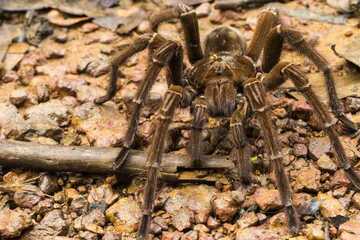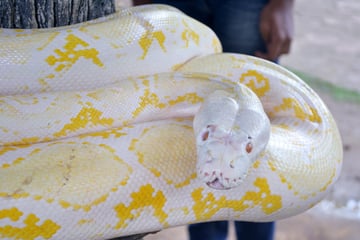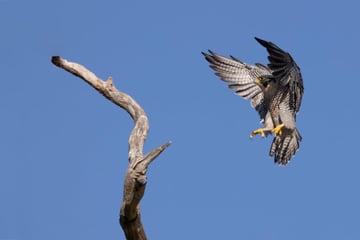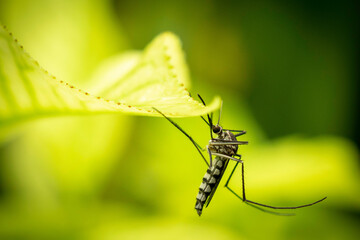What is the loudest animal on Earth?
In the animal kingdom, size isn't everything. Even the smallest of creatures can make the biggest of noises, and we're here to take a look - here is the loudest animal on Earth!
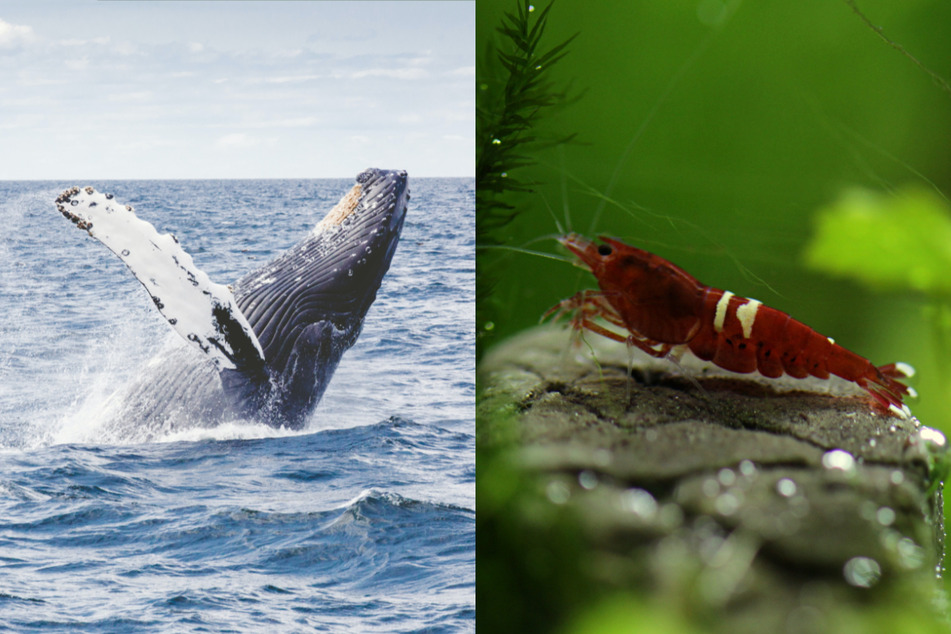
Big things come in small sizes. After all, all the most delicious drinks come in small glasses, and those expensive restaurants? Yeah, those portions are minuscule! The same goes for the animal world, where even the tiniest of animals can have the loudest voices.
In this animal record, TAG24 takes a look at the loudest animal in the world, surprising you with a whole new world of fun facts.
What is the loudest animal in the world?
The loudest animal in the world is not, as many people believe, the Blue Whale or the Sperm Whale. While they do make objectively louder noises, the loudest creature to stumble upon this green Earth is incredibly small for the excessive noise it makes.
At only around 2 inches in height, the pistol shrimp is the loudest animal in the world. Its disproportionate size, compared to the decibel count of the noise it creates, makes this tiny little sea creature louder than anything else. Wild, right?
How loud is the loudest animal?
The pistol shrimp produces a bang with its claws that can be up to 250 decibels loud. Comparably, a circular saw reaches around 100 decibels, a jackhammer produces 120 decibels, and an airplane reaches 140 decibels when its engines are starting up.
Fun facts about the loudest animal on Earth
The pistol shrimp is a quite special animal, and there's a lot to learn about them. From the insane noises that they make to the strong claws they possess, we're not going to leave you empty-handed. Here are some fun facts!
How does the bang work?
Pistol shrimp claws have a special locking and closing mechanism that allow them to produce the loud bang that inspired their name. When hunting, this little critter will grab its prey with its claws. It will then shoot a jet of water from the other claw, which closes quickly.
This movement produces a pressure wave that causes an extremely hot steam-filled bubble to form. Once this bubble collapses, a deafening bang is created, immediately releasing 10–80 bars of pressure. That's almost eight times as powerful as a fire hose!
What's up with those violent claws?
The Pistol Shrimp's claws are used as both tools and weapons. They are used for feeding and fighting with predators or other Pistol Shrimps, but also for digging and building their underwater burrows. Ultimately, though, their use isn't what makes them impressive - it's the pistol-like sound that stuns!
By the way: These loud little monsters rose to fame during WW2 because their loud banging noises repeatedly hindered the military's sonar detection.
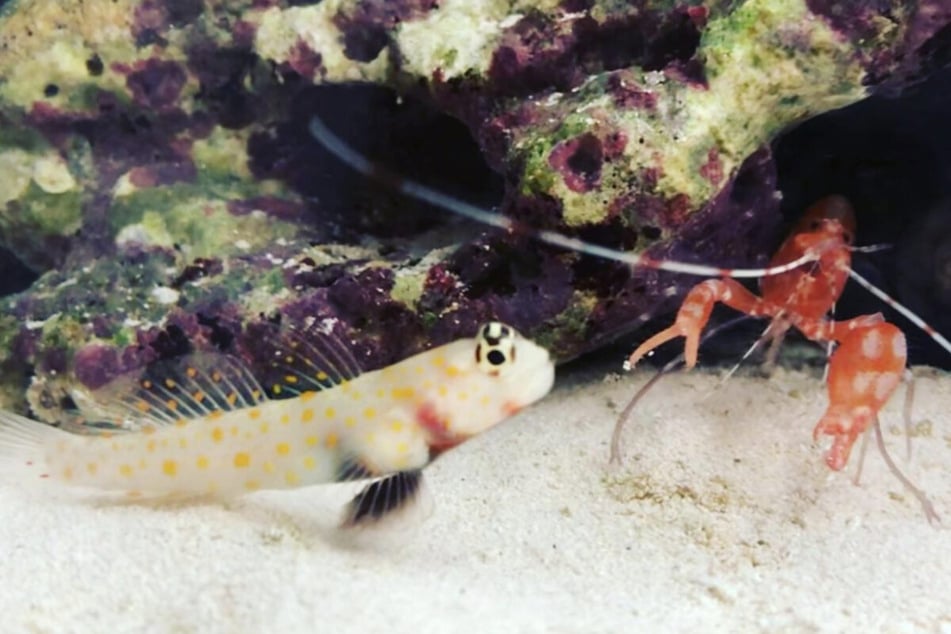
What's the pistol shrimp's habitat?
These little shrimp are primarily found in the tropics and subtropics, predominantly in coral reefs. You can also find them in shore regions, lakes and rivers, and even in the depths of the ocean, but this is less common.
Pistol shrimps are very poor swimmers and, as a result, they live on the bottom and form symbiotic relationships with other organisms. These friendships are usually shared with Polyps, Sponges, Starfish, Fish, and other Crustaceans.
What do pistol shrimps look like?
On the outside, Pistol Shrimps generally look like normal Prawns and Shrimp. They have a carapace, a fanned-out tail, and two claws near their head. They are brightly colored and have a fine, transparent body shell through which their internal organs can be seen.
How do pistol shrimps reproduce?
Pistol shrimps lay eggs that are then carried around after they are fertilized. Many of these little beasts have actually been observed living together as small families, predominantly as monogamous pairs consisting of both a male and a female.
Other loud animals
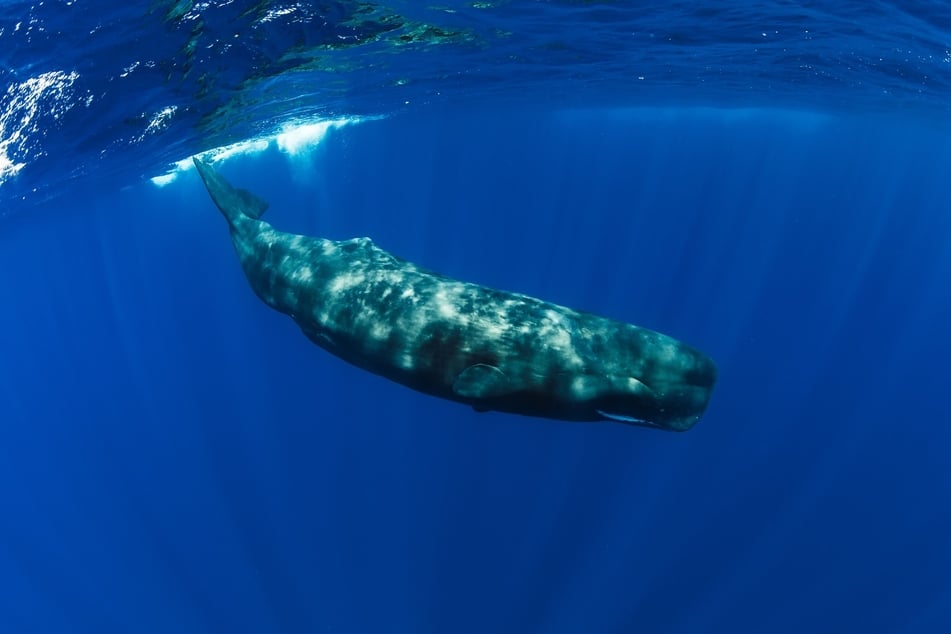
Many animals use noises and sound to communicate, or even as a form of defense, and these sounds can often reach volume levels that will stun even the most championed of hunters.
Here are a few more excessively loud animals:
- Nightingale (95 dB)
- Frog (100 dB)
- Cicada (107 dB)
- Grasshopper (110 dB)
- Lion (114 dB)
- Elephant (117 dB)
- Kākāpō (132 dB)
- Bat (137 dB)
- Sperm whale (230 dB)
If you're thinking about having a kid, use this to inform your decision: When a baby cries, that noise reaches about 80 decibels. Now those are some lungs!
What is the loudest land animal?
The howler monkey, which can reach almost 130 dB in volume, is widely known as the loudest land animal on Earth. These little rascals are incredibly social and use their marvelous voices to communicate with their friends and family. They predominantly come from South and Central America, particularly within rainforests.
Is the sperm whale or the blue whale louder?
While many people believe that the blue whale is louder (unsurprisingly, considering that it's the largest animal on planet Earth), the sperm whale actually produces a series of clicking noises that are far louder. Comparably, these clicking noises can reach between 220 and 230 decibels, while a blue whale will whistle at a volume of 188 dB.
The Pistol Shrimp is one hell of a loud animal!
While the sperm whale and blue whale certainly impress with their gravitas and noise, their booming bellows are nowhere near as impressive as these tiny little demons from the bottom of the sea.
The pistol shrimp is not only wildly loud but incredibly imposing for such a tiny little shellfish. Just don't get too close, or your ears will be ringing for hours!
Cover photo: Thomas Kelley on Unsplash / Dawid W on Unsplash
